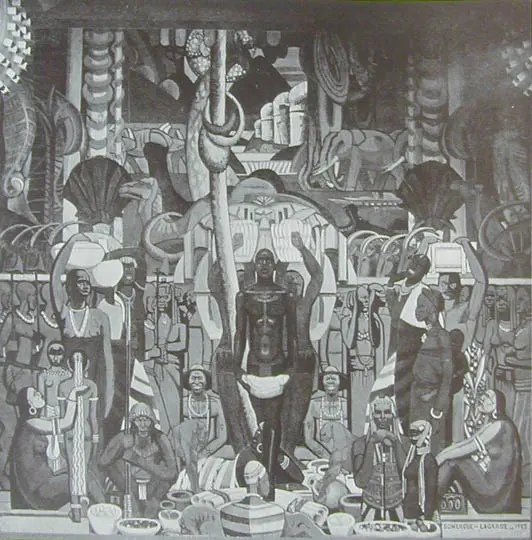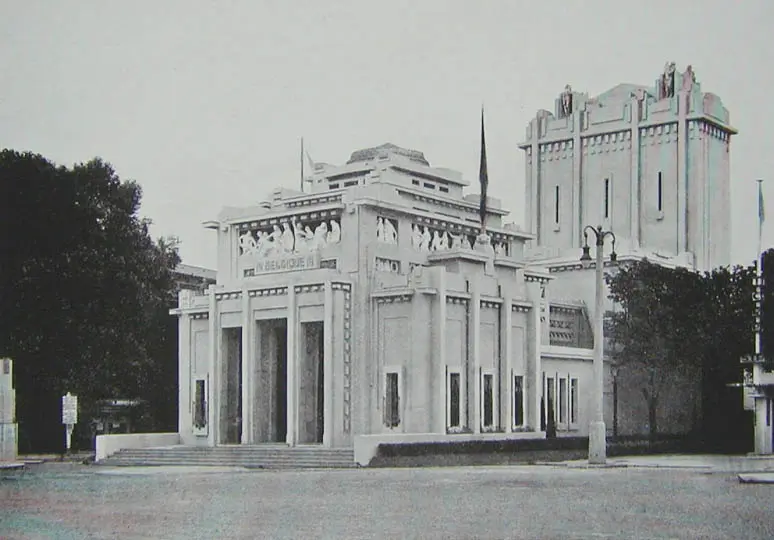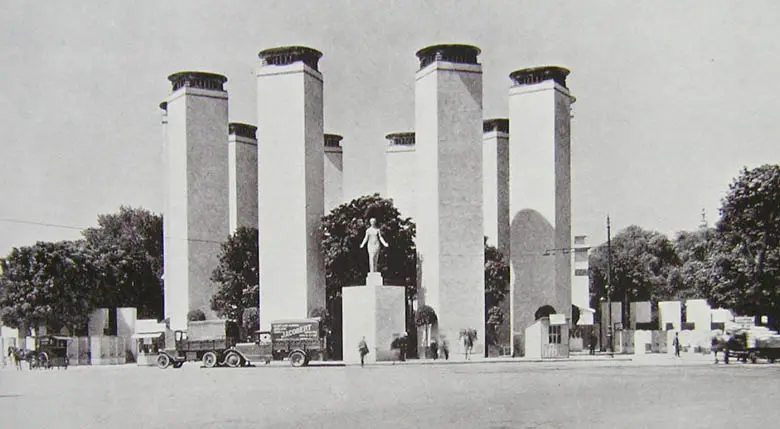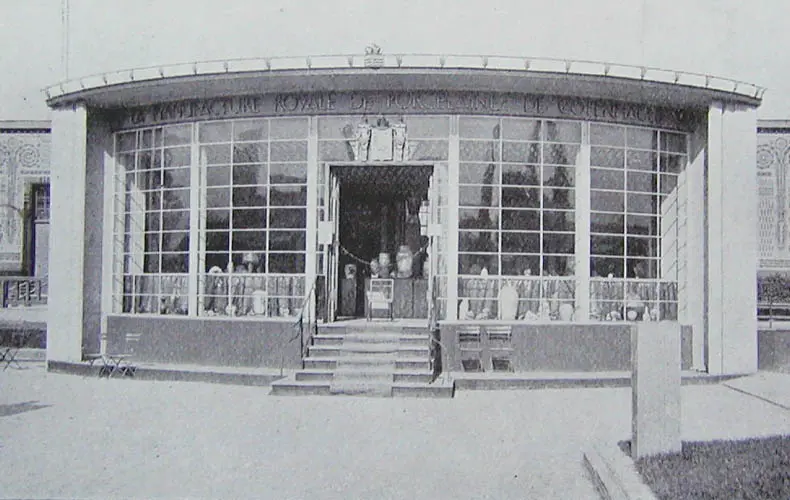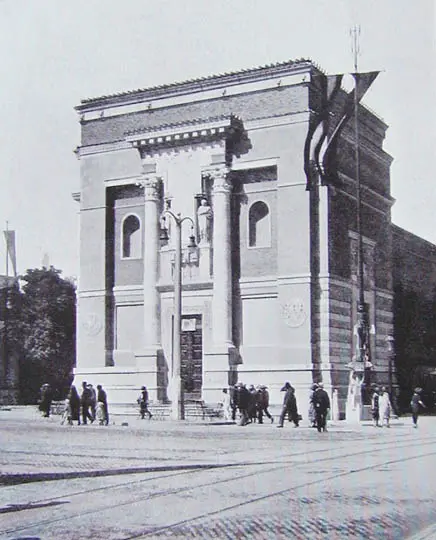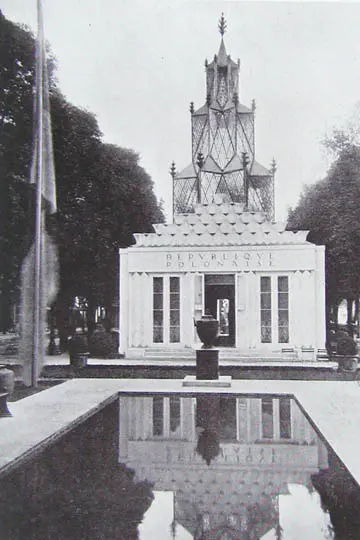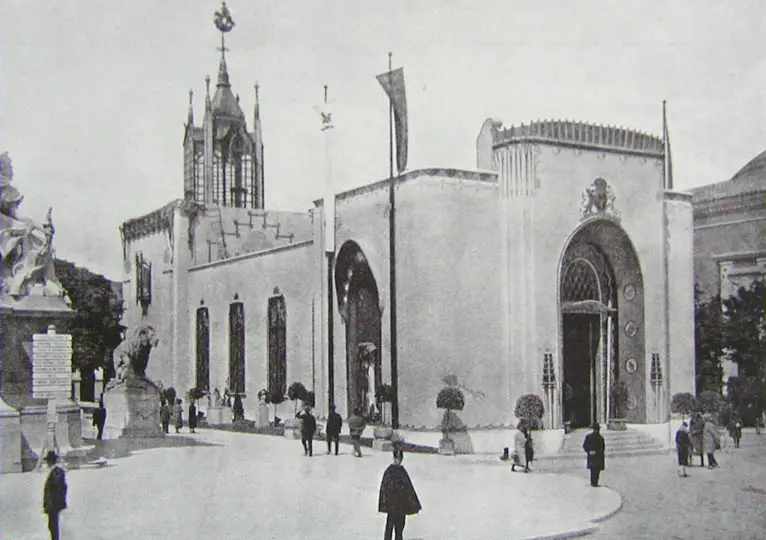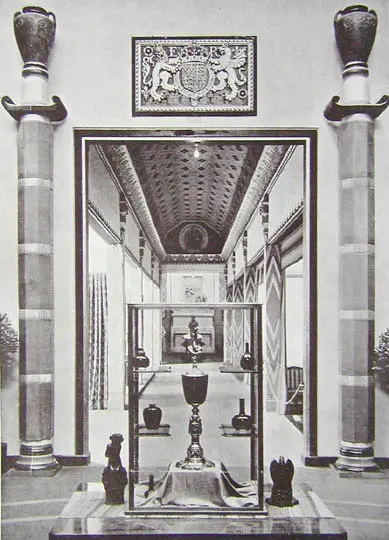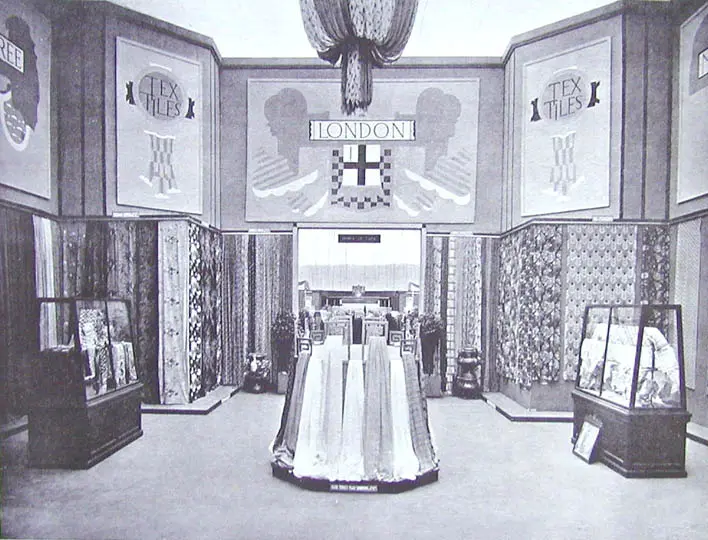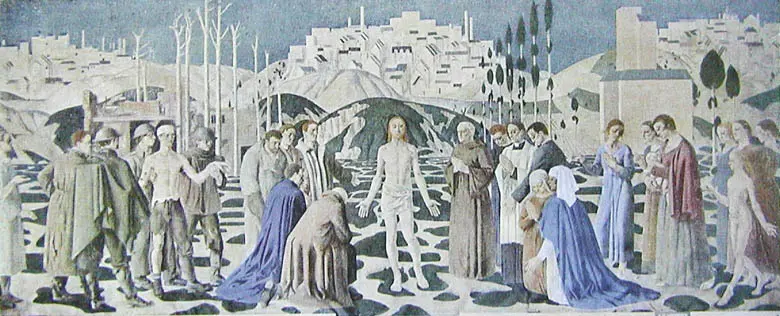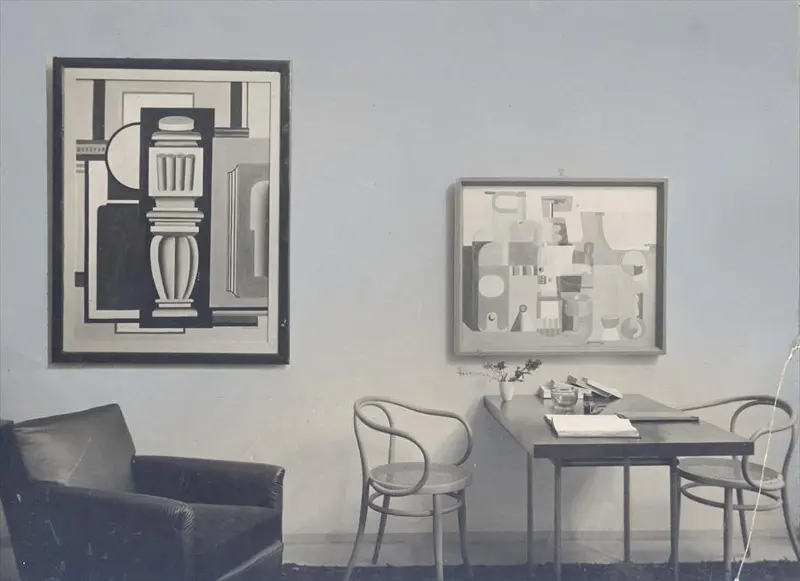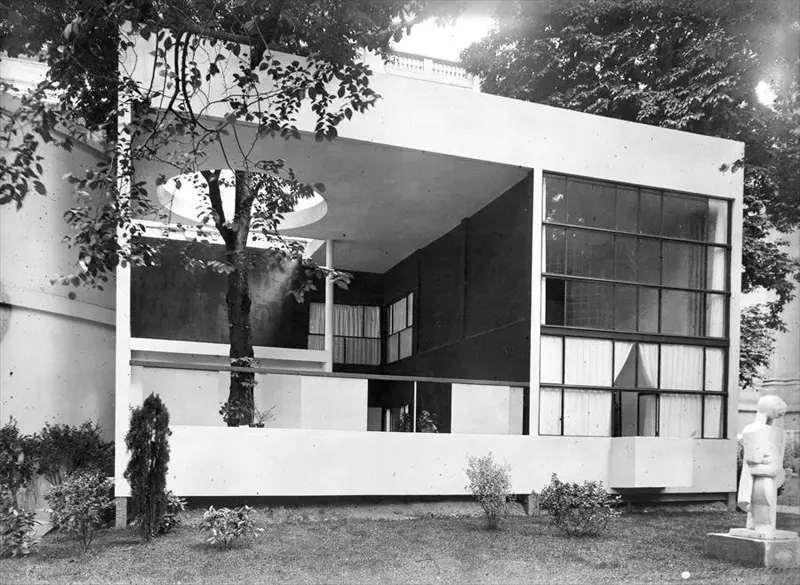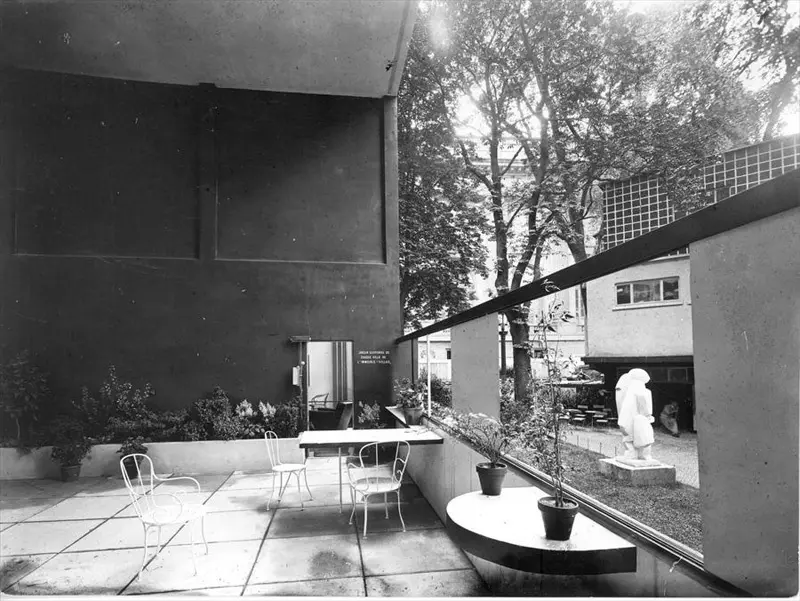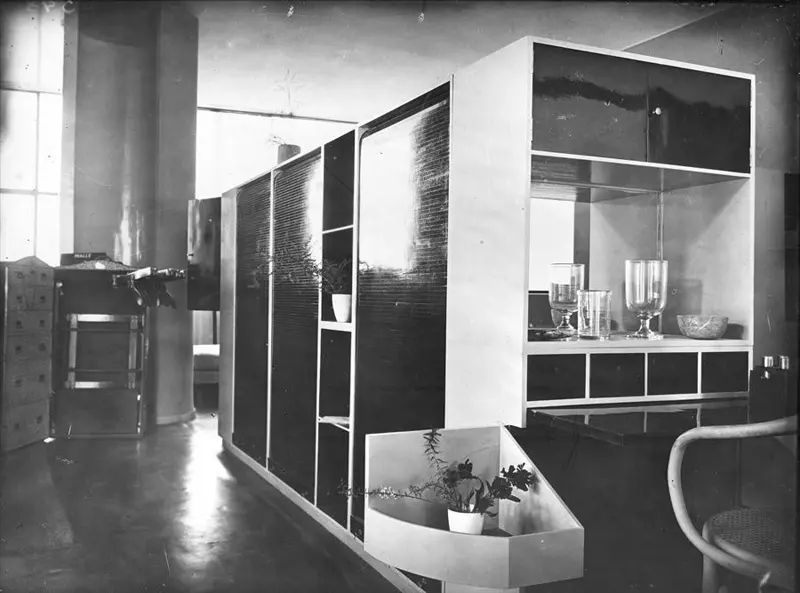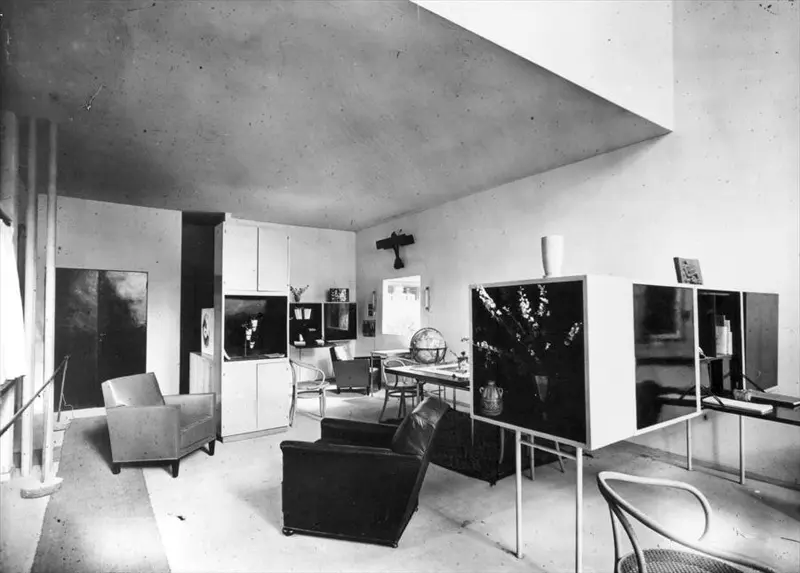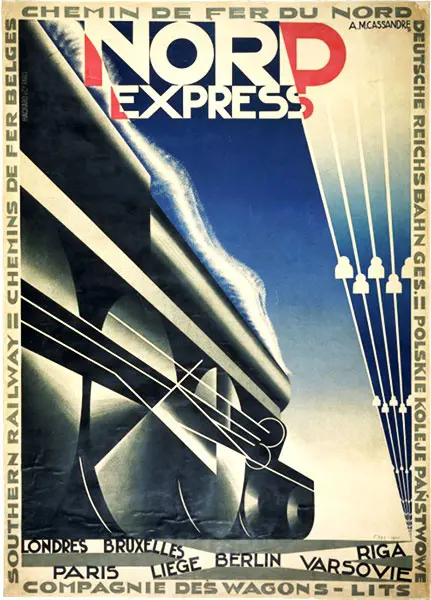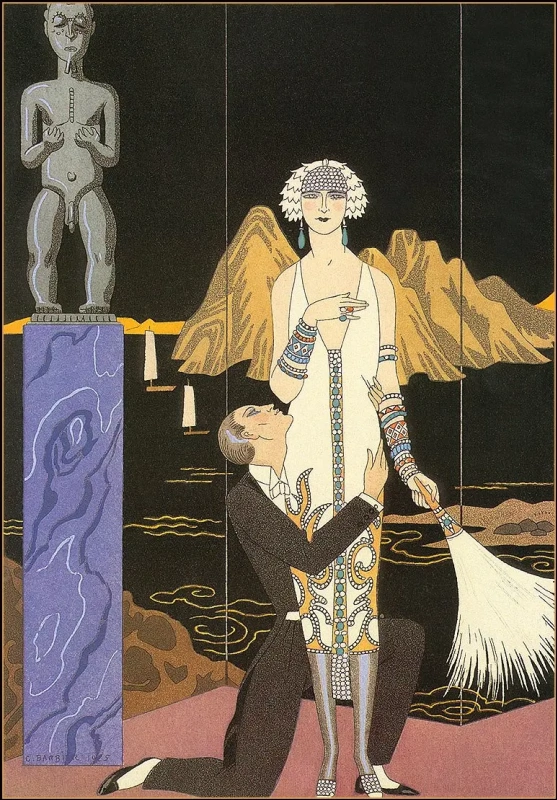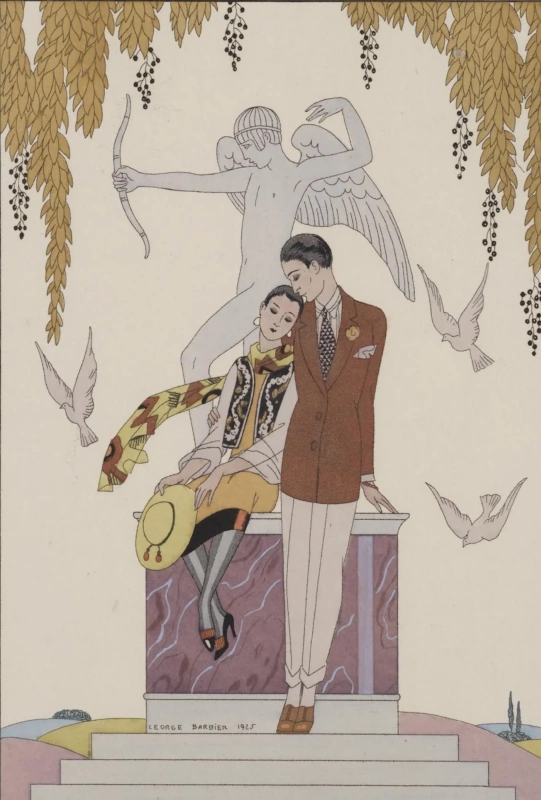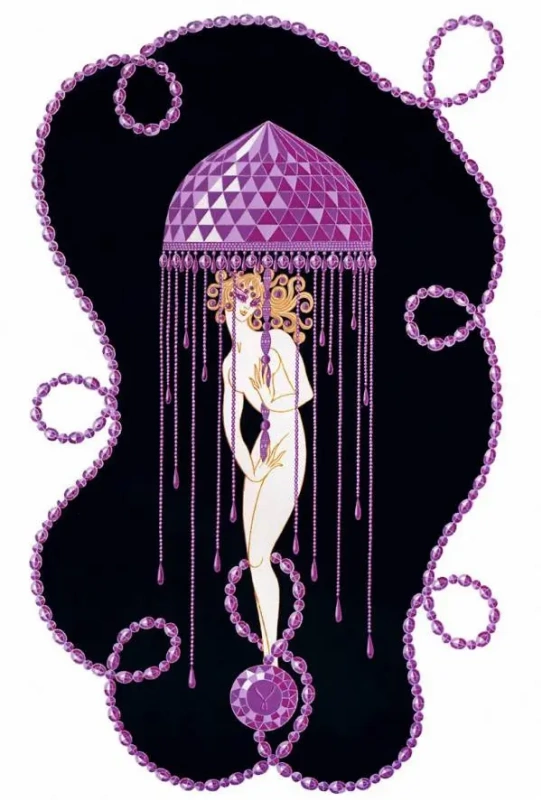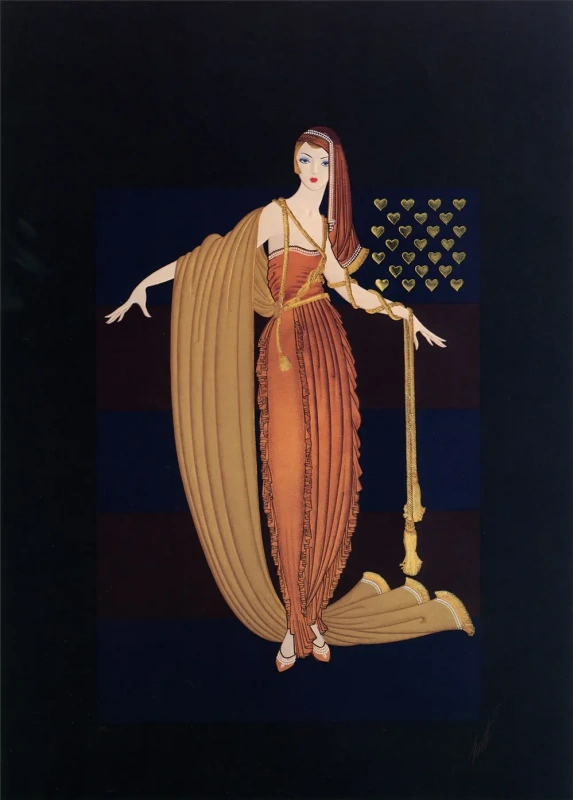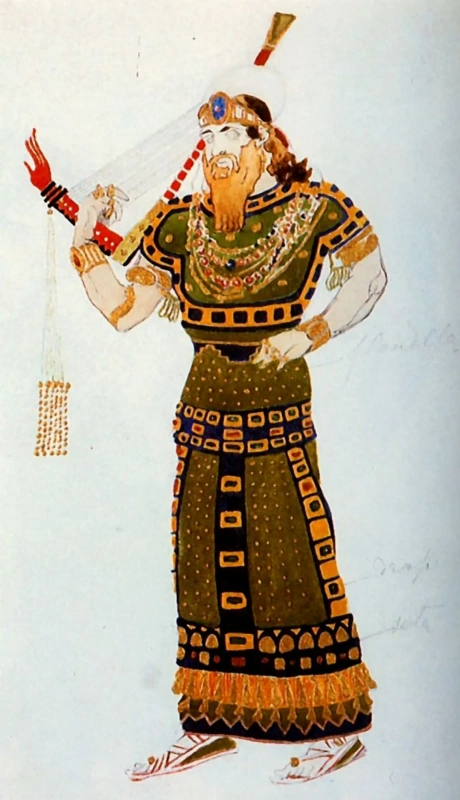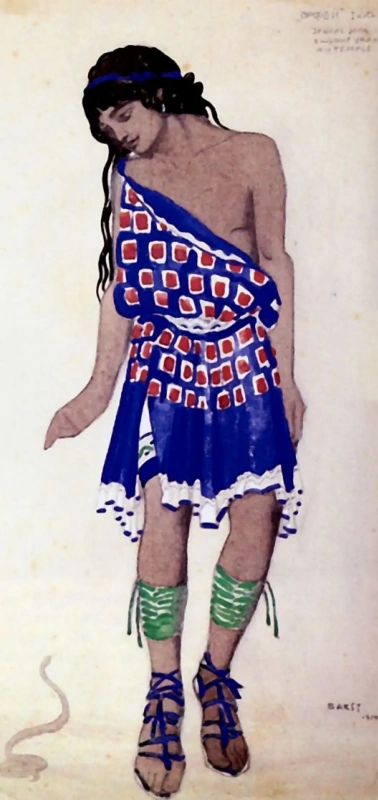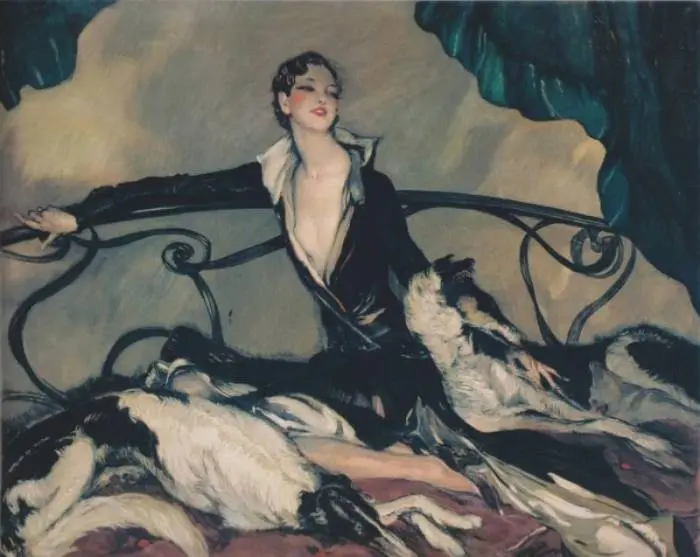Art Deco (fr. art déco — decorative art) is another round of development of the Art Nouveau style, caused by the rapid industrial revolution of the early 20th century. Art Deco style is characterized by streamlined geometry of the era of technological progress, clean and strong lines, stylized motifs, strict aesthetics of new materials and mechanization, which replaced the intricate natural forms and precious materials of Art Nouveau and modern. Following the archaeological finds of his time, this purely decorative style also incorporated elements of the fine arts of classical antiquity, Egypt and the Aztec culture.
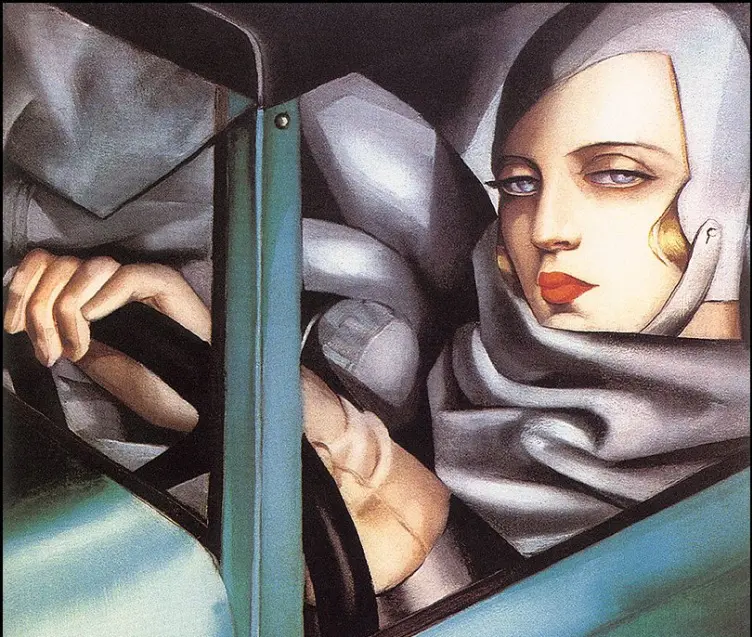
The history of the formation of Art Deco
The new style was established after the 1925 International Exhibition of Decorative Arts and Industry in Paris (fr. Exposition Internationale des Arts Décoratifs et Industriels Modernes). The exhibition was organized by the Association of French Artists, known as "La Societe des Artistes Decorateurs" (The Society of Artist Decorators), led by its founder Hector Guimard (1867−1942).
Jean Dupas. Parrots. 1925
This decorative panel was recognized as one of the best paintings of the International Exhibition in Paris in 1925
At the beginning of the 20th century, international exhibitions often resembled little towns consisting of separate buildings of national pavilions. Below we give some photographs of 1925 so that the reader can imagine the general atmosphere of the exhibition, which gave rise to the Art Deco style.
Also read
Art Nouveau
It is curious that the term Art Deco was originally used in a derogatory sense, and the modernist architect Le Corbusier was the most successful in this. Despite the fact that, in comparison with Art Nouveau, the new style suggested more modern and straightforward solutions, Le Corbusier considered Art Deco still too decorative, which, according to the architect, was completely redundant. Art Deco supporters, in turn, perceived it as a stripped down, more modern version of Art Nouveau. Only in the late 1960s, when interest in style revived, the term Art Deco was used in a positive context by British art critic Bevis Hillier in his book "Art Deco of the 20s and 30s" (1968).
Initially, the Art Deco style arose as an aesthetic response of art to the industrial revolution, which was rapidly growing in the 1920s, after the end of the First World War. The style was designed to decorate the lives of the people who had been tormented by the wars and revolutions of the early 20th century. The international exhibition in Paris not only presented works in the Art Deco style to the public, but also placed them next to the samples of avant-garde paintings and sculptures in such styles as cubism, constructivism
, the Bauhaus, De Stijl and futurism
. Art Deco artists adopted technological innovations, modern materials and mechanization, and tried to emphasize them in the general aesthetics of the style itself, keeping pace with the prospects of the modern avant-garde
movement.
Features of the Art Deco artworks
Geometric figures, clear lines and angles, stepped forms began to prevail in architecture and design, decor in the form of symmetrical curving lines and zigzags, rhombuses, circles, squares became very popular. Colour schemes were built on the contrast principles. And all this was dressed in luxurious fabrics, shiny metal surfaces, and expensive natural materials.
Woman with mandolin
1929, 115.9×73 cm
Glass, mirrors, metal, genuine leather, marble, velvet, ivory, jade, ebony — all these are signs of the Art Deco style. Over time, more and more middle-class representatives began to prefer its elegance and functionality. To meet the mass demands of the public, designers began to use more affordable materials, such as chrome, glass, plastic, aluminium.
The United States was not represented at the exhibition in Paris, but the American delegation was present there. Minister of Commerce Herbert Hoover believed that the country definitely needed to develop its own style in design and architecture, therefore the representatives of the American Institute of Architecture, the Metropolitan Museum of Art and The New York Times were sent to Paris. This cultural "mission" sparked an almost immediate boom in artistic innovation in the United States. In 1926, the exhibition "Selected Collection of Objects from the International Exposition of Modern, Industrial and Decorative Art" was held in the largest cities of America. New aesthetics was warmly received in Hollywood, and soon Art Deco became popular throughout the country. The American style was not as luxurious as the European one, and it had another task — to show the democratic nature of public life through design.

Painters and artisans of Art Deco
Despite the fact that the term "Art Deco" is applied mainly to architecture and design, many famous artists of the time worked in this style: Tamara de Lempicka, Adolf Jean-Marie Mouron, known as A. M. Cassandre, Jean Dupas, Raphaël Delorme, Jean-Gabriel Domergue, ceramist René Buthaud, sculptor Paul Manship. André Lhote, Robert Delaunay, Fernand Leger left their mark in the Art Deco style. Sonia Delaunay enthusiastically experimented with Art Deco, created furniture, textiles and fashionable outfits — as did Raoul Dufy, who realized the style in carpet weaving. Among the jewellers, Cartier and Van Cleef & Arpels stood out most. René Lalique created not only wonderful jewellery, but also decorative objects, such as vases, small sculptural plastic, bottles.The Art Deco design was a vibrant combination of cubic rectilinear geometry. It was used for exotic ballet costumes by Sergey Diaghilev; stars of American jazz culture dressed in this style. Famous Art Deco designer is Paul Poiret, and famous illustrators are Georges Barbier, Umberto Brunelleschi, Erté, Charles Martin.

René Lalique. Victoire. 1928. Decoration for car hood
Enthusiastically accepted by architects and designers around the world, the Art Deco style spanned the period of the Roaring Twenties, the Great Depression of the early 1930s, and the years leading up to World War II. Its popularity declined in the late 30s and early 40s, when it began to be perceived as too tasteless and ostentatious against the general background of wartime austerity, and thus it quickly went out of fashion. A second surge of interest in Art Deco occurred in the 1960s, along with the beginning of the pop art movement, and then in the 1980s with the growing interest in graphic design.
Title illustration: Tamara de Lempicka. Self-portrait (Tamara in a Green Bugatti) (detail).
Artistes mentionnés dans l'article






